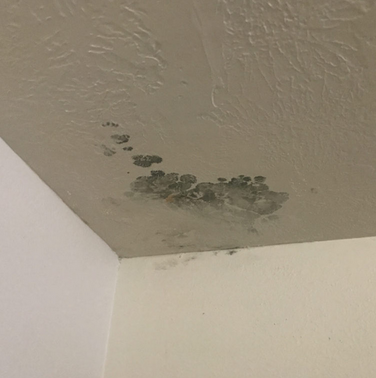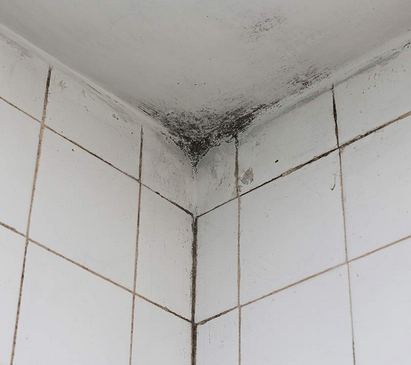A Hidden Hazard: How to Spot and Deal with Dorm Room Mold

Mold is a common problem in lots of university residences, especially in warmer and more humid areas. This fungus can grow quickly, causing damage to property and, moreover, posing a health risk to students and staff members. With the health and safety of our students as a high priority, it's crucial to know how we could prevent and address mold in college dorms effectively.
In this article, we shall provide some tips about how university personnel can prevent and address mold issues to create a healthy and safe environment for all.

Keep carefully the premises clean and dry: Moisture and dirt provide mold with favorable conditions to grow. Therefore, it's essential to help keep the university residence clean and dry at all times. Regular dusting, sweeping, and mopping should be achieved to avoid the accumulation of dirt and moisture. Furthermore, clean up any spills and leaks immediately to prevent the growth of mold.
Improve ventilation: Proper ventilation is vital in preventing mold growth. Therefore, it'd help if you committed to the installing ventilation equipment, such as for instance exhaust fans, to boost the circulation of air within the residence. This will improve quality of air and minimize the likelihood of mold growth.
Address humidity: High degrees of humidity promote mold growth. Therefore, it is vital to keep humidity levels below 60%. You can use air-con units and dehumidifiers in your university residence to reduce humidity levels. They can keep the air dry and minimize the risk of mold infestation.
Educate residents: Introducing the matter of mold growth and educating students how it may be prevented is another important step. You can offer training sessions and informational materials, such as for instance brochures and posters, to generate awareness and guide them how to spot and report mold-related issues.
Use professionals: In the event that you continue to notice mold outbreaks in your university residence, it is important to seek assistance from professionals. They are able to help identify the source of mold growth and produce an agenda to eradicate it. Professionals may also assess the mold situation and carry out remediation measures to ensure that all mold is safely removed.

Conclusion:
Mold doesn't have place in university residences, and it's vital to take the necessary steps to avoid and address any instances of mold growth. Keeping the residence clean and dry, improving ventilation, addressing humidity, educating students, and working together with professionals are all important steps to make a healthy and safe environment. Remember, the and safety of our students must be a high priority, and by following these tips, we are able to make certain that our university residences are mold-free and safe for all.
